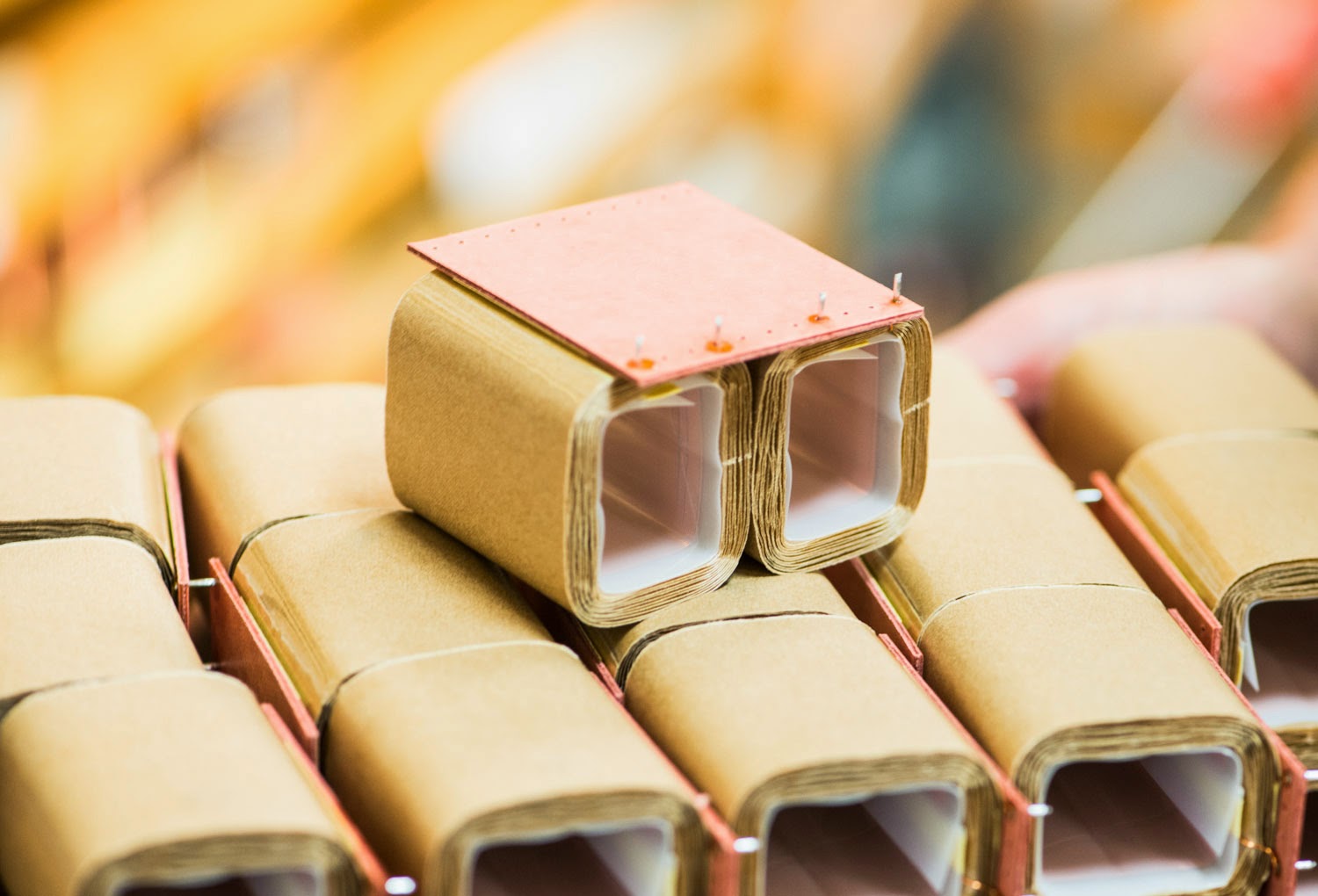Last months tube was a rather large and fairly old transmitting type rectifier. This month we are moving to the other end. A much more modern diode designed for consumer applications. The 25AX4.
Readers of my blog know that I am very fond of TV Damper Tubes and use them almost exclusively as rectifiers in my power supplies. My favourite among them is the 6AX4.
 The 25AX4 belongs to the same family. It only has a different heater which needs 25V instead of the 6.3V of the 6AX4. The current needed to light it up is a modest 300ma. All other parameters are the same as those of the 6AX4. It also has the same octal base and pinout which is shown on the left. What makes this particular version of this tube family interesting is the heater voltage requirement. It could be heated from a 24V transformer. This is still well within he limits for the tube to work well and 24V transformers are available cheaply. So if you are on a severely limited budget and $2-$3, which is the typical price of the 6AX4, is still too high, pick up some 25AX4 which can be found at even lover prices. Especially if purchased in bulk packs like this:
The 25AX4 belongs to the same family. It only has a different heater which needs 25V instead of the 6.3V of the 6AX4. The current needed to light it up is a modest 300ma. All other parameters are the same as those of the 6AX4. It also has the same octal base and pinout which is shown on the left. What makes this particular version of this tube family interesting is the heater voltage requirement. It could be heated from a 24V transformer. This is still well within he limits for the tube to work well and 24V transformers are available cheaply. So if you are on a severely limited budget and $2-$3, which is the typical price of the 6AX4, is still too high, pick up some 25AX4 which can be found at even lover prices. Especially if purchased in bulk packs like this:Each of the boxes contains 100 tubes, nicely packed in carton trays.
Like others this tube was build in various styles:
Three different versions with a regular base and one with a shorter one, also called coin base.
A closer look at the coin base tube:
Two 25AX4GT in front of a 'wall' of Sylvania boxes:
Since the only difference between the 25AX4 and the 6AX4 is the heater voltage and current, we would expect their construction to be quite similar except for the heater wire. Here is one of each from the same manufacturer and of the same coin base construction style.
No apparent difference between the 25AX4 (top) and 6AX4 (bottom).
The plate structures look identical.
In this case the only difference is the printing of the tube type on top of the 25AX5 while the other has none.
Opening them:
The difference becomes apparent, when the heater is pulled out of the cathode sleeve:
The 25AX4 (top) has a much longer heater wire which is folded several times to fit in.
Removing the heater completely, 25AX4:
6AX4:
Close ups:
Removing the heater wire from the isolation spiral. The 25AX4 heater is substantially longer allowing the large voltage across it:
The heater wire of the 25AX4 has 16 folds, while the 6AX4 has 4, so 4 times the length, which results in 4 times the resistance, and is equal to the 4 times difference in heater voltage.
The cathodes are identical, as expected:
A 25AXGT with the heater lit up:
A great tube, cheaply available and the warehouses of tube dealers are still full of them.
Best regards
Thomas











































































